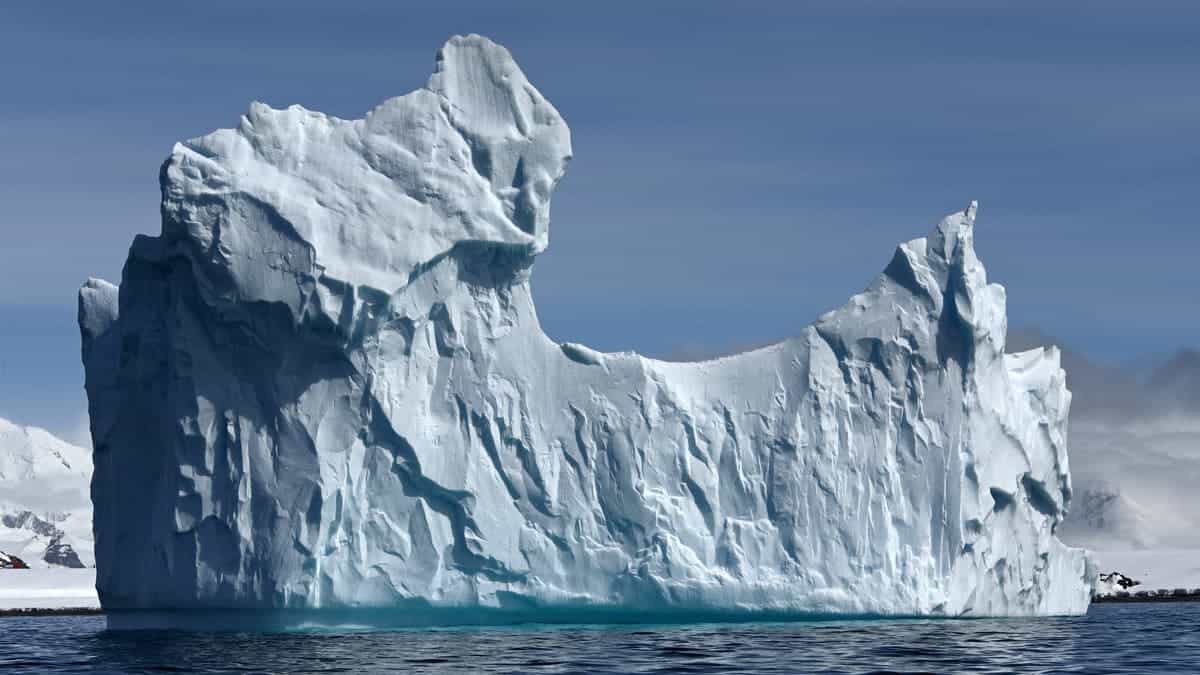-
The 1,668-square-mile berg named A-76 is larger than the Spanish tourist island of Majorca
-
Another massive iceberg that had threatened a penguin-populated island off the southern tip of South America has broken into pieces
A giant slab of ice bigger than the Spanish island of Majorca has sheared off from the frozen edge of Antarctica into the Weddell Sea, becoming the largest iceberg currently afloat in the world, the European Space Agency said on Wednesday.
The newly calved berg, designated A-76 by scientists, was spotted in recent satellite images captured by the Copernicus Sentinel-1 mission, the space agency said in a statement posted on its website with a photo of the enormous, oblong ice sheet.
Its surface area spans 4,320 square km (1,668 square miles) and measures 175 km long by 25 km wide.
By comparison, Spain’s popular tourist island of Majorca in the Mediterranean occupies 3,640 square km (1,405 square miles). The U.S. state of Rhode Island is smaller still, with a landmass of just 2,678 square km (1034 square miles).
The enormity of A-76, which broke away from Antarctica’s Ronne Ice Shelf, ranks as the largest existing iceberg on the planet, surpassing the now second-place A-23A, about 3,380 square km (1,305 square miles) in size and also floating in the Weddell Sea.
Another massive Antarctic iceberg that had threatened a penguin-populated island off the southern tip of South America has since lost much of its mass and broken into pieces, scientists said earlier this year.
A-76 was first detected by the British Antarctic Survey and confirmed by the U.S. National Ice Center based in Maryland using imagery from Copernicus Sentinel-1, consisting of two polar-orbiting satellites.
The Ronne Ice Shelf on the flank of the Antarctic Peninsula is one of the largest of several enormous floating sheets of ice that connect to the continent’s landmass and extend out into the surrounding seas.
Periodic calving off of large chunks of those shelves is part of a natural cycle. But some ice shelves along the Antarctic Peninsula have undergone rapid disintegration in recent years, a phenomenon scientists believe may be related to climate change, according to the U.S. National Snow & Ice Data Center.
Climate Change and Global Economy
Experts have warned that climate change would increase income inequalities between and within countries.
A small increase in global mean temperature (up to 2 °C, measured against 1990 levels) would result in net negative market sector in many developing countries and net positive market sector impacts in many developed countries, according to a report by the Hamilton Project and the Standford Institute for Economic Policy Research.
The report, published by The Brookings Institution, said increased mortality from climate change would be highest in Africa and Middle East.

